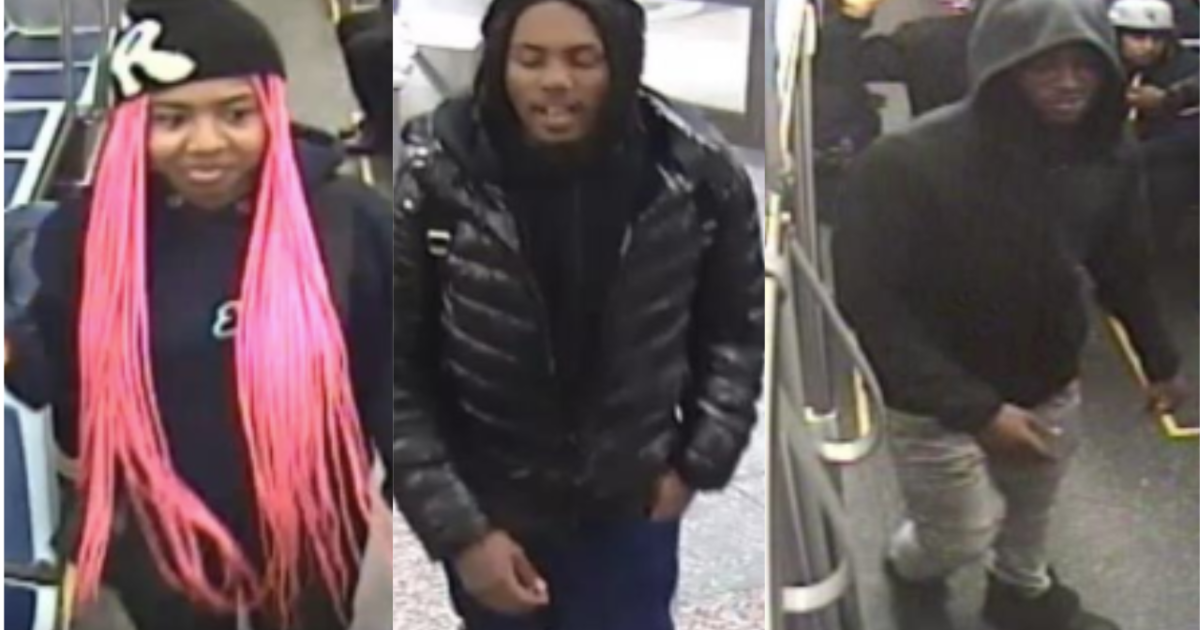'The Backbone Of Chicago': The Red Line Gives Riders Better Understanding Of The City
CHICAGO (CBS) -- The CBS drama "The Red Line" airs Sunday nights and examines serious issues facing Chicago using the famous rapid transit line as a backdrop. But if you ride the actual Red Line, and really pay attention, you'll have a better understanding of the city.
For Phillip Jones, the Red Line is how he visits his sick sister on the South Side.
"It's convenient. You don't have to worry about parking and things like that," he said.
On the North Side, Anna Lindemann hops on it to get to work.
"I like to look out the window when we're above ground because it kind of makes the ride go faster and then you can kind of see what's going on," she said.
They are among the 250,000 people who take the CTA's Red Line everyday. From Howard Street on the North Side to 95th Street on the South Side, the Red Line covers 23 miles altogether on elevated tracks, in the subway and down the middle of the Dan Ryan Expressway.
It's the busiest of all Chicago's "L" lines.
Greg Borzo is a longtime Red Line rider and author of the book, "The Chicago 'L'".
"It's the backbone of Chicago. It is the thing that really connects the city together," Borzo said. "It is a community space where you rub shoulders with people that you wouldn't see otherwise."
For Borzo, the Red Line is not a mere form of transportation. He sees simple pleasures here, too as the "L" courses through a variety of Chicago neighborhoods.
"Sit by the window, look out the window and you'll have a tour of Chicago like you'd get on a double decker tour bus," Borzo said. "You see churches, backyards, schools, businesses, baseball games."
Chicago's first "L" system went up in the 1890s, powered not by electricity, but steam. In 1938, construction began on the State Street subway, now part of the Red Line, funded by the federal government, which wanted to put the unemployed to work.
"The (Great) Depression created a large workforce willing to work for $1 a day, so they were put to work digging," Borzo said.
In an engineering marvel, that arduous digging carved out a tunnel under the Chicago River.
"They had to construct the tubes elsewhere and they were floated down the river and sunk in place," Borzo said.
In 1993, to simplify the "L" system for riders, the CTA color coded the lines. The Red Line unites north and south but underscores Chicago's racial segregation. By the time a train traveling through Lincoln Park gets to the South Loop, the racial makeup of a train can change.
"It changes when we get to Roosevelt," Jones said. "White to black."
Still, Greg Borzo sees an opportunity along the 23 miles.
"The fact that it goes through Uptown and the Gold Coast and Bronzeville and the South Side and Chinatown, it gives people an opportunity to get to know each other better and to be more comfortable together even if we don't strike up a friendship everyday with somebody new," he said.
The CTA plans to extend the Red Line south to 130th Street if it receives funding.



